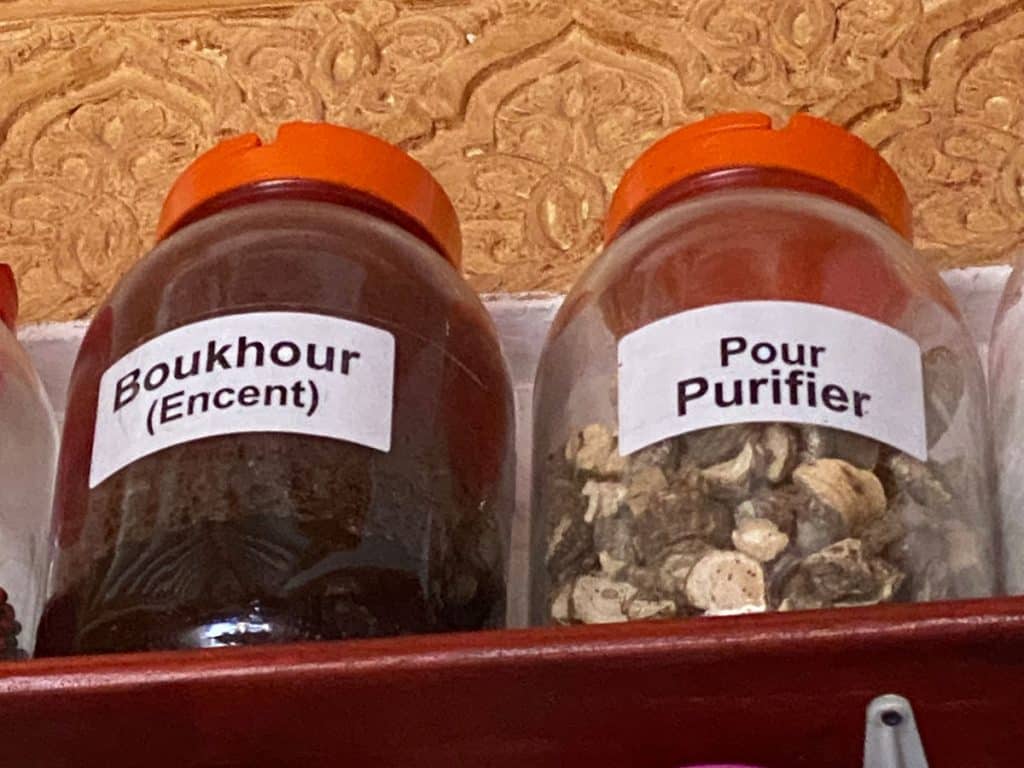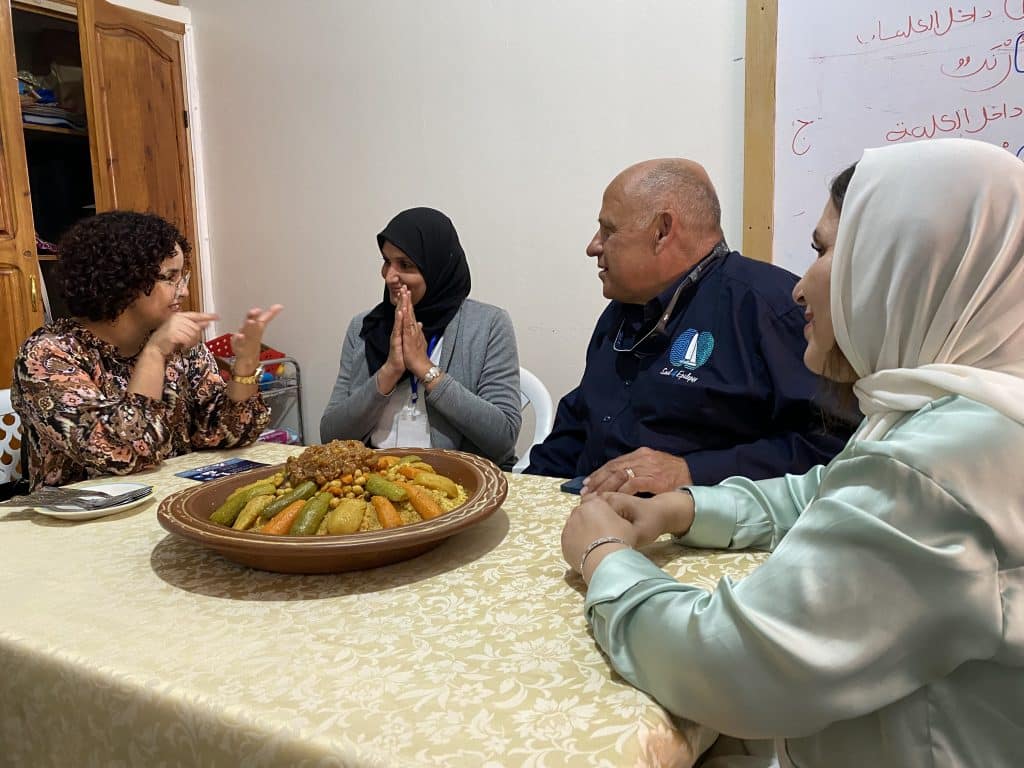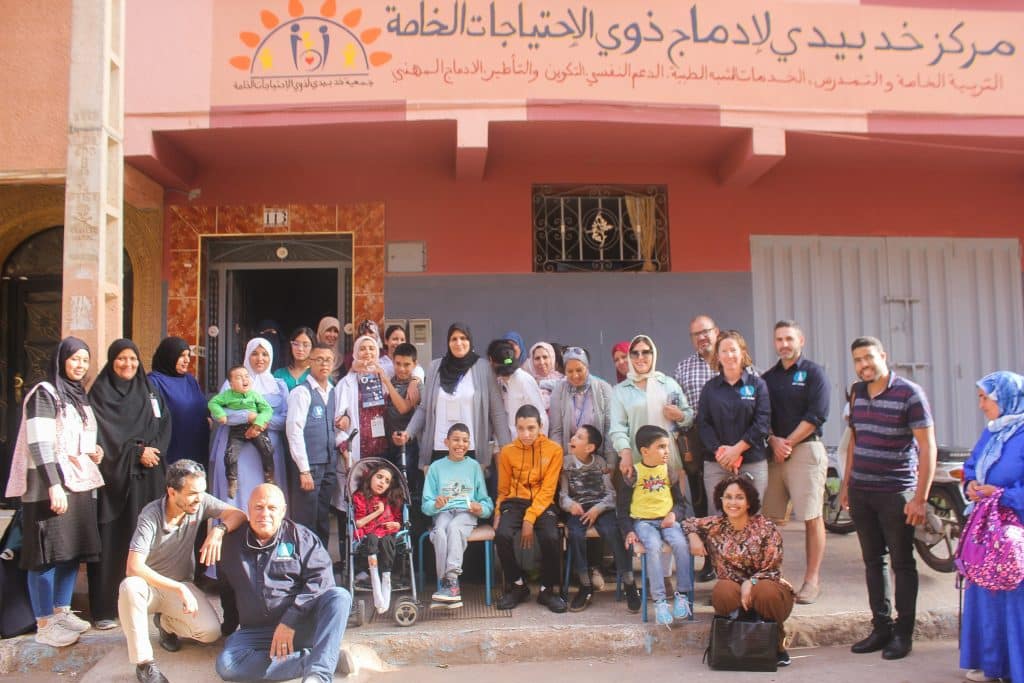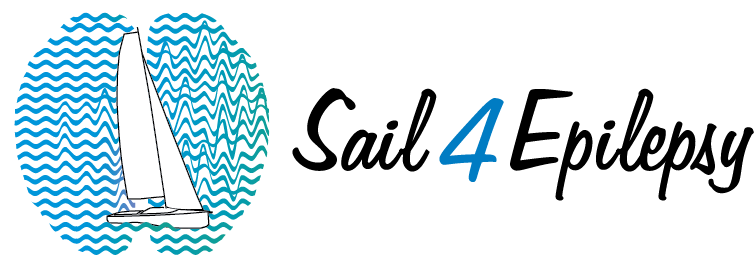We arrived in Morocco late on October 18th 2022 for a slate of events aimed at raising awareness and educating about epilepsy. During the next 5 days, we met with several constituents of the epilepsy community, each in some way affected by this disorder. It’s hard to describe our experiences, but we’ll do our best, breaking it up between two blogs. Part 2 will post next week.

For the first day our host Dr. Chahidi, from the Moroccan League Against Epilepsy, and his colleagues Abderrahmane and Fatiha, organized events in the landlocked city of Marrakech. Our first visit was to The Association of Take My Hand for People with Special Needs, a local organization that provides services to improve the motor and cognitive functions of children, many of whom have epilepsy. We were greeted warmly at the front of the building and given milk and dates as a welcome. We then took a tour of the facility. Each room we visited in the center was focused on a different activity and the children were grouped by disorder, such as autism or cerebral palsy. Some children were receiving physical therapy, others colored, and some worked on activities such as lining up colored balls or puzzle pieces to match a picture on a card. Many of the children received one-on-one attention from a member of the staff, while their parent, often the mother, waited for them in the hallway.

This facility provides incredible services and in addition to helping the children, acts as a focal point for the parents to develop their own support group and community. However, the government only provides 50% of the funding and they are constantly trying to find ways to generate the necessary revenue to keep the center active.
Phil then spoke (through our amazing interpreter Hasna) a little bit about his journey with epilepsy and the adventure of sailing across the Atlantic Ocean as the children and parents listened. The kids – and some parents – then made flags that we’ll make into one big Morocco flag, to fly from the boat in the future. As the kids worked, many parents took the opportunity to speak with Phil, via Hasna, telling him about their child’s story and asking him questions and for advice.
One thing we learned was the incredible lack of information that many families have. Is that specific to Morocco? To an income group? Or is this problem worldwide? With the people we met here we provided broad education. In some situations, we helped parents understand more about treatment options and that when a medicine is positively affecting seizures, it doesn’t necessarily mean that you no longer have the underlying disorder.
While Phil still takes his anticonvulsants despite being seizure free for over 40 years, this is not necessarily an option for all due to the cost of medications. Phil’s personal philosophy is that if he isn’t having side effects then he doesn’t want to risk coming off his medicine in case there is a breakthrough seizure. But for others, medications are cost prohibitive, and they therefore want to stop medicating in the hope that the seizures don’t recur.

The second significant thing that we learned was the importance of discussing epilepsy in terms of changing the brains electrical activity. 60% of people in Morocco with epilepsy believe that it is caused by evil spirits or supernatural forces. Often they first seek treatment from a local healer, if they seek treatment at all. By referring to the disorder by describing the cause, instead of using the label “epilepsy”, which has such a stigma associated with it in Morocco, perhaps more people will be encouraged to seek appropriate care.

The mothers of the children at the center prepared us a traditional lunch – couscous with vegetables, meat, and a special topping of caramelized onions and raisins. All cooked in a clay tagine and shared amongst ourselves and our hosts. During this meal we learned more about the challenges faced by the center. There is no public transportation for the families, so often the mothers will come with their child and spend the whole morning or even day waiting for them. Many of the children are not able to receive proper nutrition. There are few options of generic seizure medications available in Morocco. This assumes that the family can afford the medication. There is also difficulty in gaining access to functioning EEG (electroencephalogram) machines to help with diagnosis or to have those EEGs properly read by technicians.
It was overwhelming to learn about the obstacles facing people with seizure disorders in Morocco. How can we best help this community? What are some steps we can take in the future to make a difference, even just a little bit? It is not easy for any person with epilepsy or the family of those people, anywhere in the world, but it was particularly sobering to witness some of the basic needs many of us in the US take for granted that are not being met in some areas of Morocco.
We have to keep reminding ourselves of our own advice: small steps can lead to big things.


I do hope things are falling into place Phil. It does sound like you are reaching out and helping break “The Stigma”. Great job, Thank you.